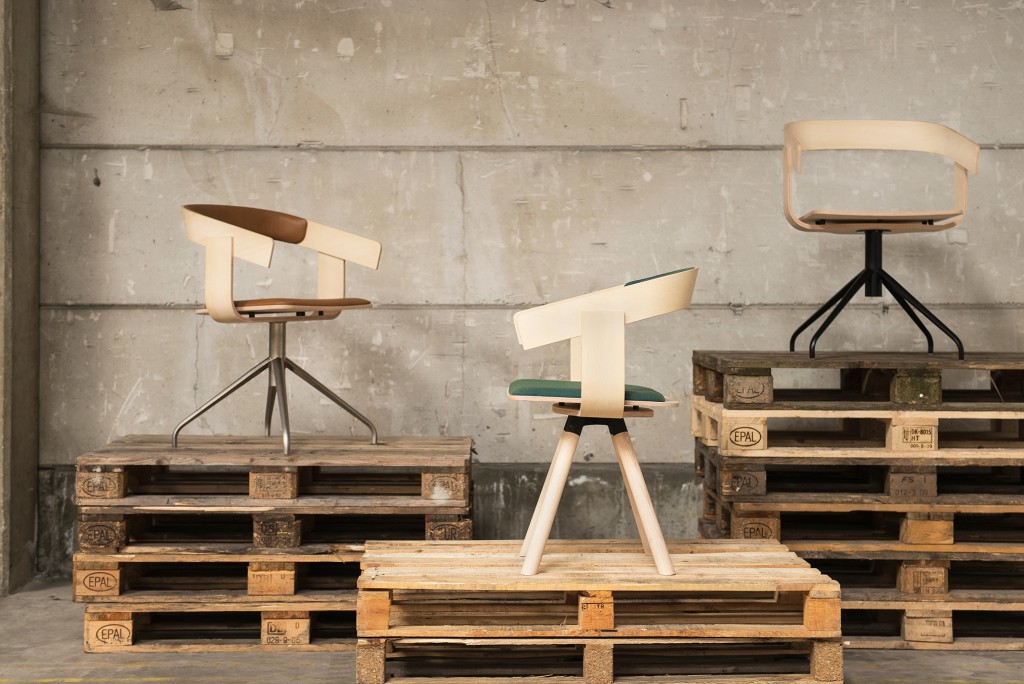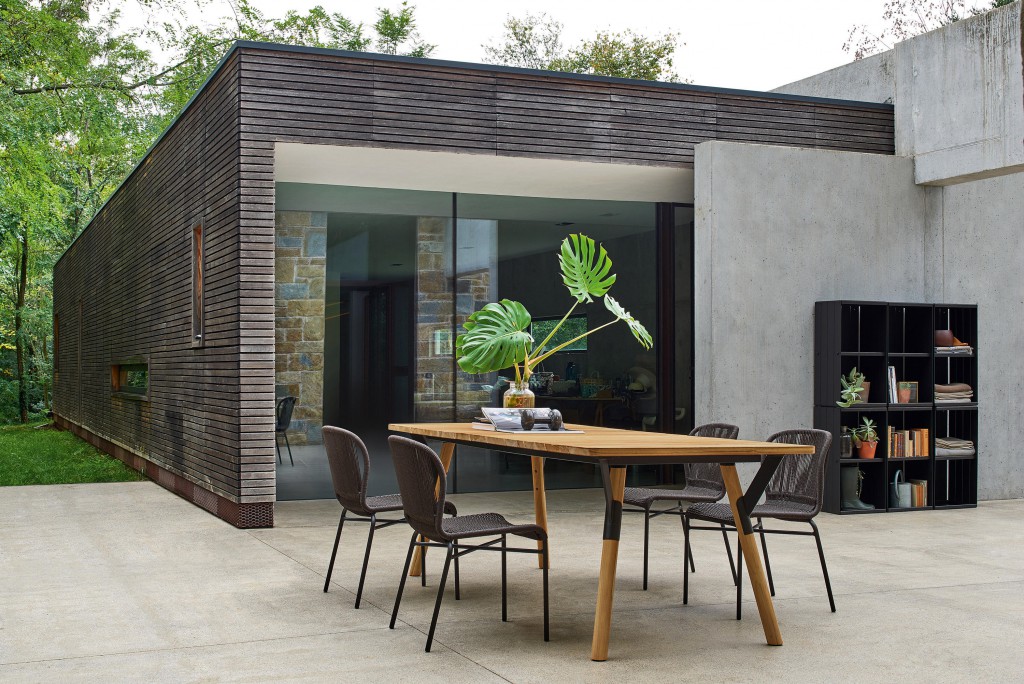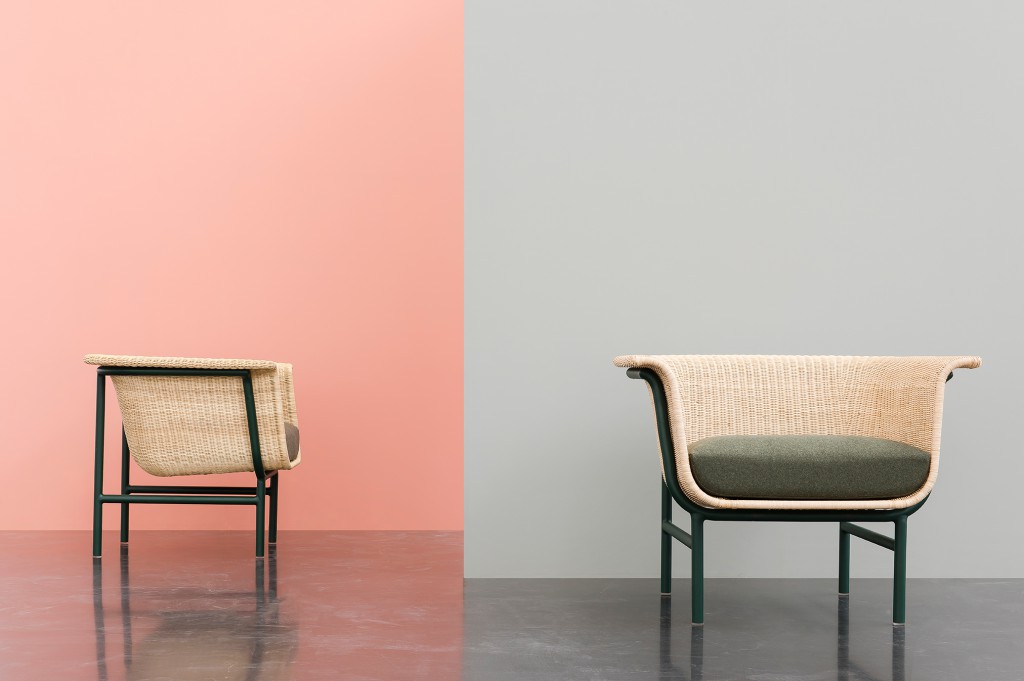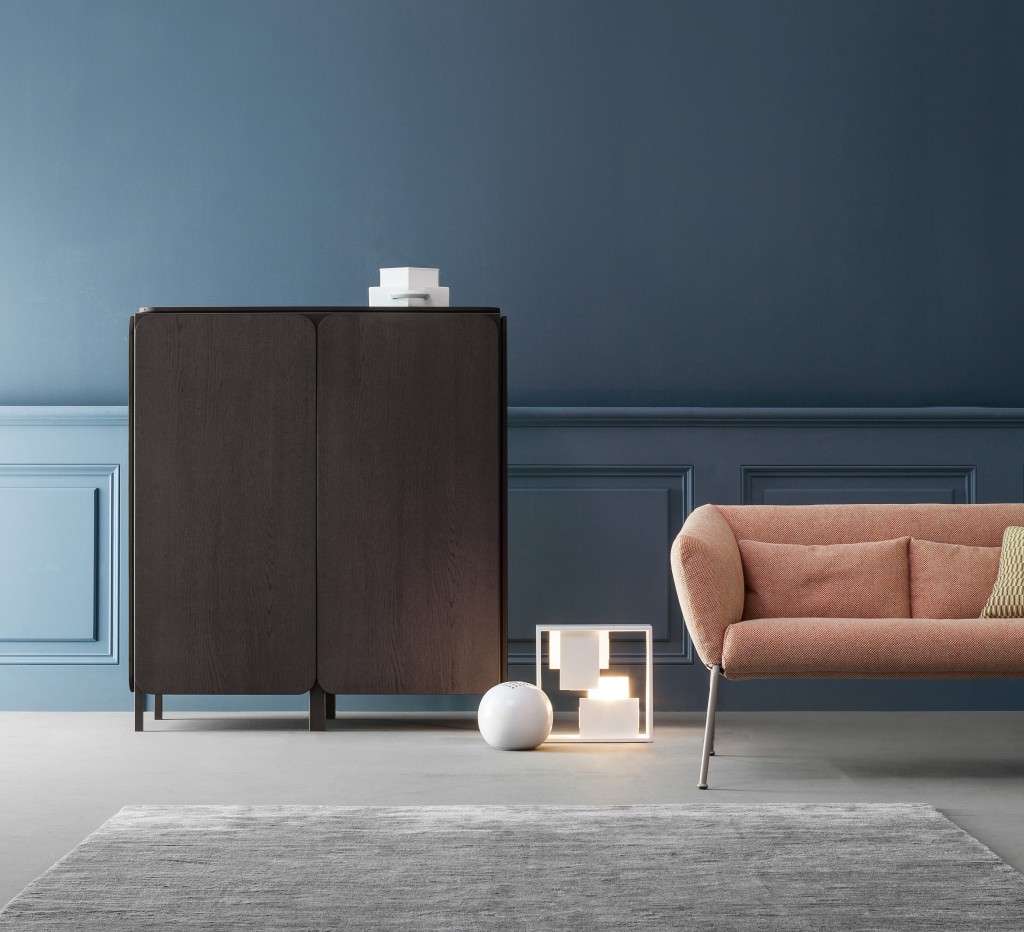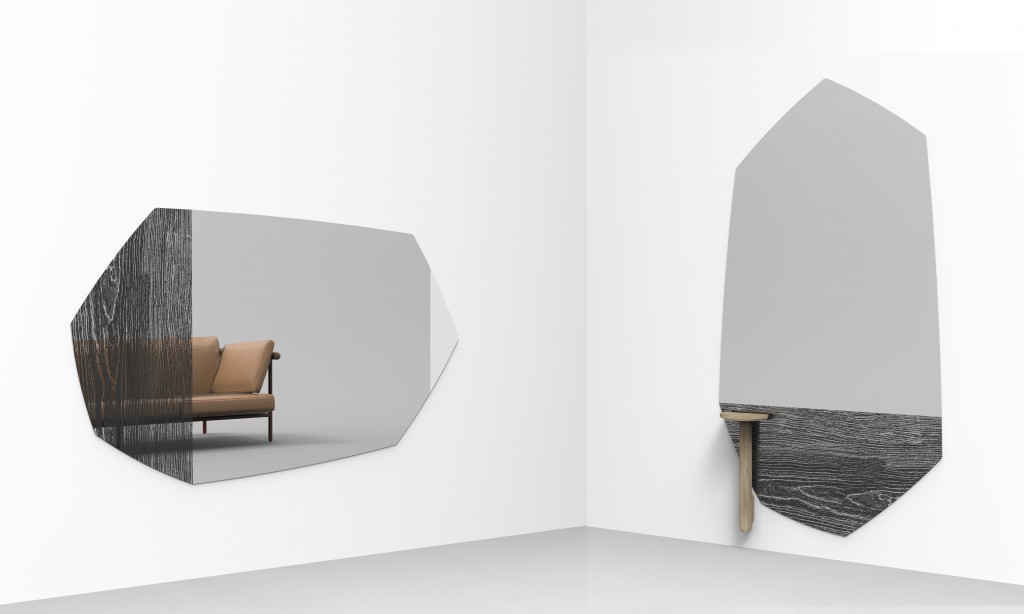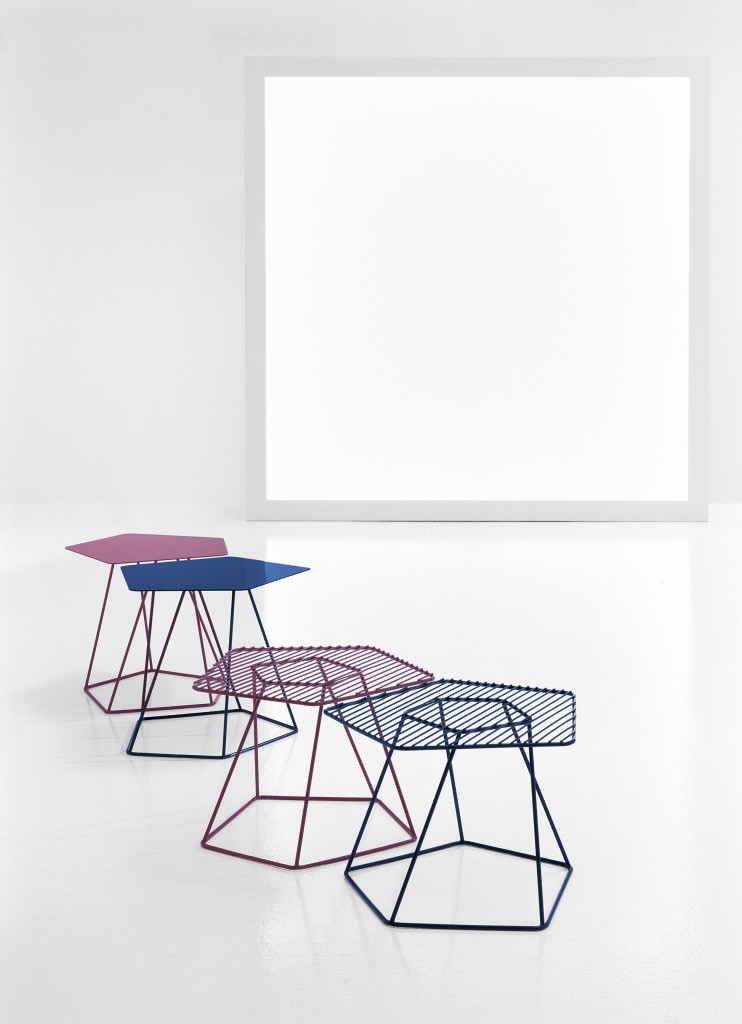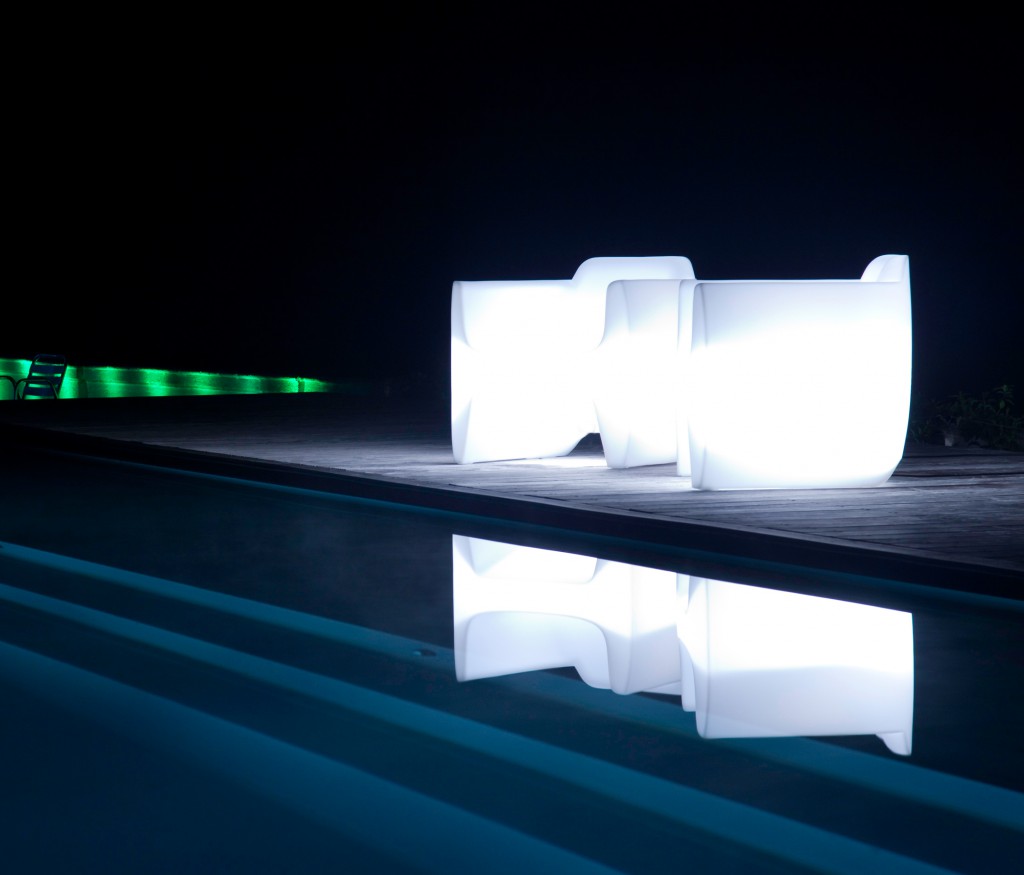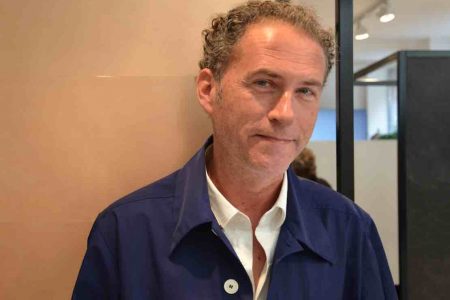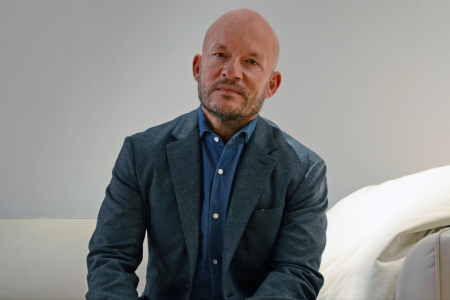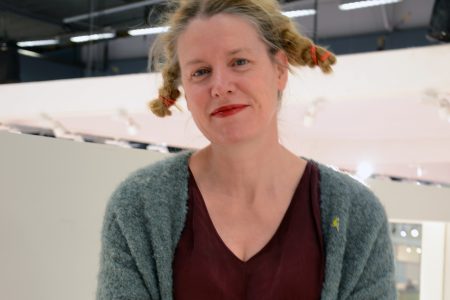Material Tendencies: Alain Gilles
Belgian designer Alain Gilles talks about his “second” life and the common ground between finance, political science and design.
After working in the financial world for five years, Alain Gilles decided to follow his actual passion and go back to studying industrial design in France. Anita Hackethal of
Anita Hackethal, Architonic: How did you make the transition from your first career to design?
Alain Gilles: At one point it seemed obvious that design was what I really wanted to do. International finance was just not me. But there are similarities between both fields, because design is also about understanding society and knowing the tools to analyse the needs of people.
Would you like to say a few words about your first chair ‘Buzzifloat’, presented at Orgatec in 2016?
It seems like when people talk about design, they always say you have to design a chair. So after eight years, the chair eventually got me. It was also the first chair for Buzzispace. It is very graphic and simple. We used a minimal amount of material, so the design process required a lot of fine-tuning in order to achieve the structural strength and comfort. My aim is to make livable products that don’t lose their functionality.
Which material would you choose if you had to restrict yourself to working with just one for the next three years?
I think you’d be killing me. (Laughs loudly.) I want to be able to explore different materials and also mix them. So no, I don’t want to choose. I would maybe go for natural materials, something that is human enough. I like the reality of things, the touch of the real material.
Would you say there is a tendency in the direction of natural materials?
Techniques have evolved, so designers are looking at certain materials in a different way. We tend to forget the so-called old materials. It is just like with certain vegetables – old-fashioned vegetables are making a comeback. It is not that they are old, we’ve just forgotten a bit about them. This does not mean that the new materials are better. I think we need to combine the best of the two worlds. A good combination for example would be transparent plastic, which almost looks like glass, combined with wood.
Which material do you think has been forgotten?
In Kortrijk, we just released an armchair and a small table made of rattan. This woven material was labelled as something a little bit old-fashioned, but it came back with the vintage trend. I love vintage, but I am not here as a designer to create vintage pieces. So I think with this collection, we were able to combine different materials to create something new and fresh.
This article originally appeared on Architonic, where TLMag presents articles in French and English.
